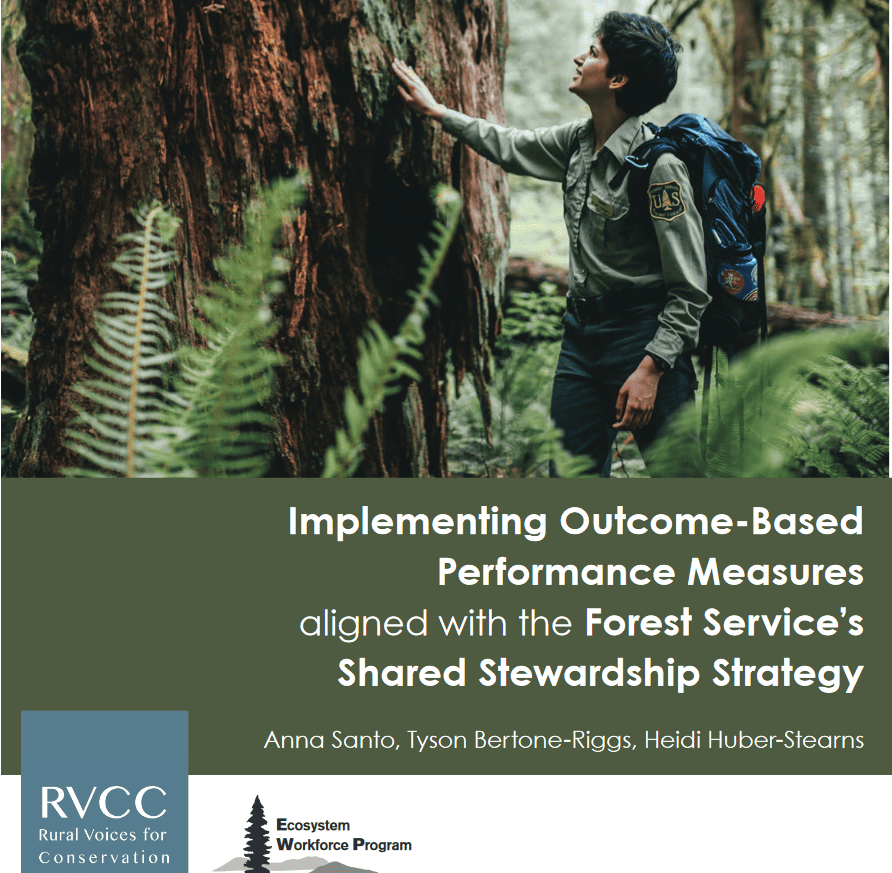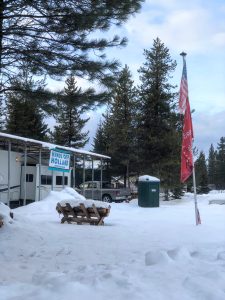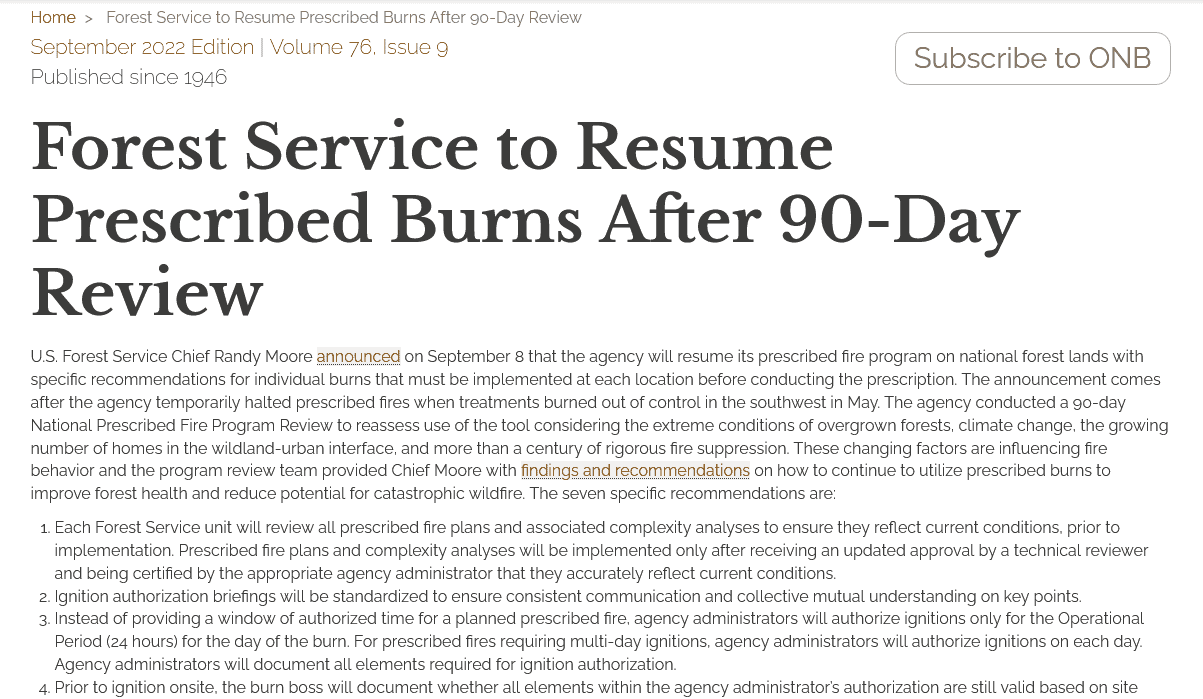Marc Heller has an article about the Keystone Agreements here. I’ll talk about that tomorrow. He didn’t cover many of the questions that Dave Mertz, I and other retirees had. Also interesting (and annoying) that Marc could get answers from the FS and Dave and I (and others who have been asking) could not, after weeks of reaching out to different offices and levels. We had to FOIA to get copies of the agreements themselves, which I’ll attach, also tomorrow.
**********************************
Maybe some of you, like me, are old enough to remember the old TV show “Sledgehammer.” His catchphrase was “Trust me, I know what I’m doing.” The problem was, oftentimes, he did
not know what he was doing. I wonder if, with these Keystone Agreements, the Forest Service is asking us to trust them because they know what they are doing. We do know that they are
committing a whole lot of federal dollars through these agreements, and there doesn’t seem to be much transparency.
To be fair, the Forest Service was provided a lot of money through the Bipartisan Infrastructure Law (BIL) and the Inflation Reduction Act (IRA), and they had to figure out how to utilize that
funding in a short period of time. Were all of these Keystone Agreements a logical way to bank that money and put it to good use later? Maybe so. Or was it a convenient way for the Forest
Service to claim accomplishments and take some of the load off of them? Maybe it was both?
In the interest of finding out more about these agreements, I sent an email with several questions to the Forest Service’s National Partnerships Office. To date, I have not had a response. I would
imagine that a response will need to be cleared by higher-ups, so it may take a while. Here are the questions I asked:
(1) We have obtained copies of the Master Agreements with the various NGOs through FOIAs. We are interested in the details contained in the associated Special Project Agreements (SPA), particularly the financial information. Shouldn’t this information beavailable to the public? We believe it is important to know how the Forest Service is spending federal dollars through these agreements. Do we need to file FOIAs to obtain this information or could it just be available online? If not, why not? We realize there would be some proprietary information that would need to be redacted.
(2) How are accomplishments being tracked through these agreements? Who is providing oversight, Grants and Agreements? The Partnerships Office?
(3) What is the process of awarding the NGOs funding? Do they receive the dollars and then projects are developed? What are the overhead rates of the various NGOs?
(4) Are the Keystone Agreements being used to avoid Federal Acquisition Regulations and federal hiring difficulties?
(5) We are hearing that Forests are having budget difficulties this fiscal year and that it will impact their ability to hire employees. In hindsight, was it wise to put so much funding into the Keystone Agreements rather than into NFS? Could a lot of this funding have been put into IDIQ contracts instead?
(6) Are Keystone Agreement accomplishments being claimed when the funding is awarded rather than when the work is actually accomplished?
I have other questions that I did not bring up. How much funding has already been provided through the various Special Project Agreements? It appears that through these agreements, the
Forest Service still has a number of obligations. These projects are not turnkey. If that is the case, are they really saving the Forest Service that much work? Are they a good bang for the
buck? Do these organizations have the expertise to accomplish this work up to Forest Service standards? Who is ensuring compliance with the associated NEPA documents? Are these
organizations doing some inherently governmental tasks? I could go on.
I would be interested in getting other’s thoughts on all of this. Can you help answer some of these questions? It would be good to hear from you!



